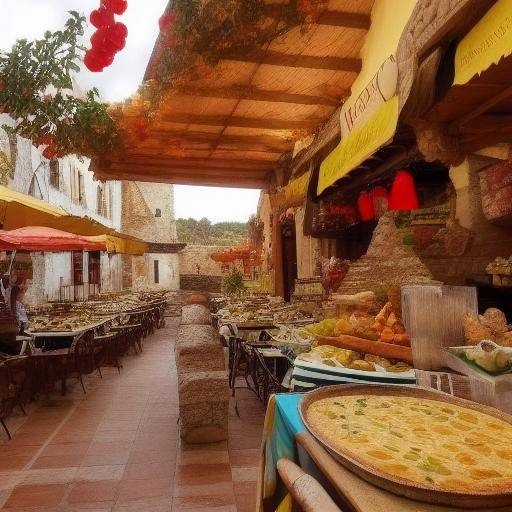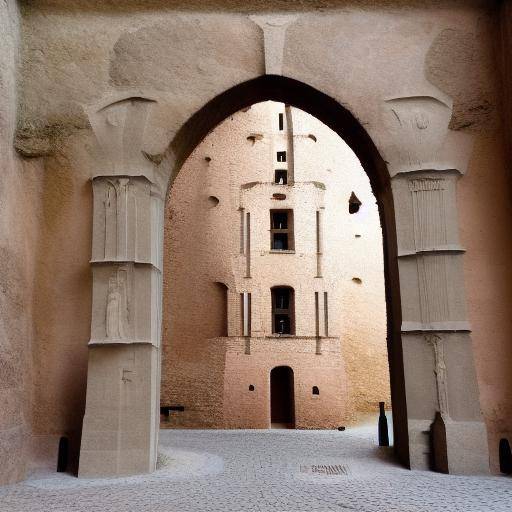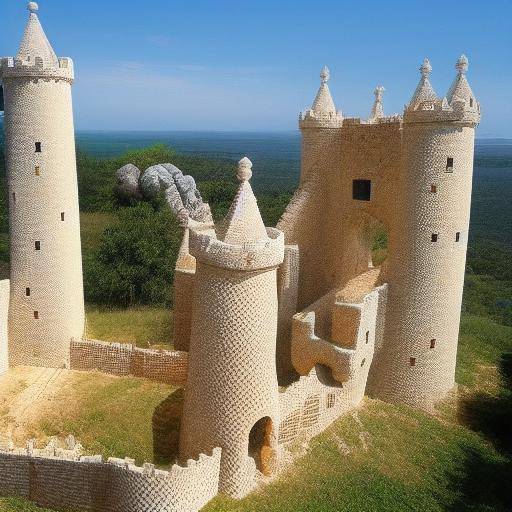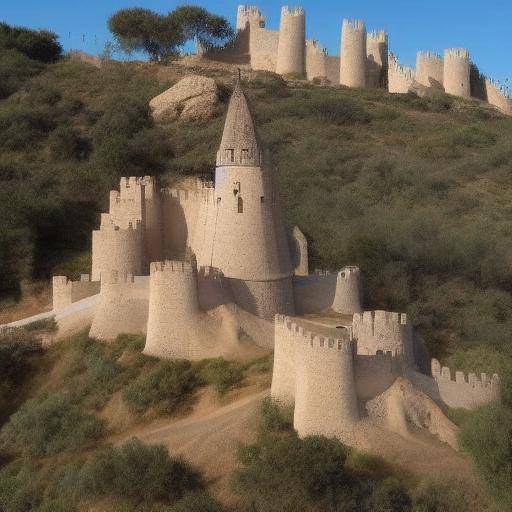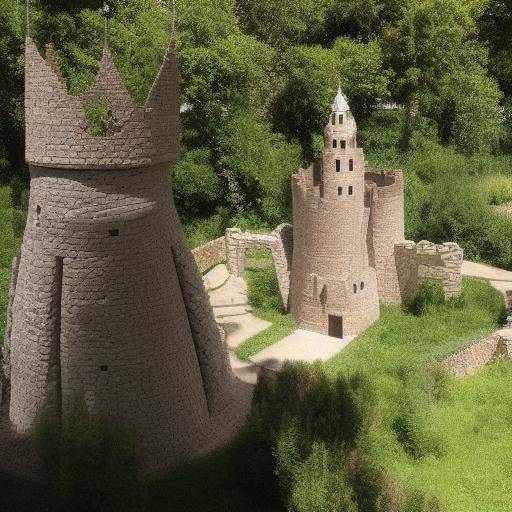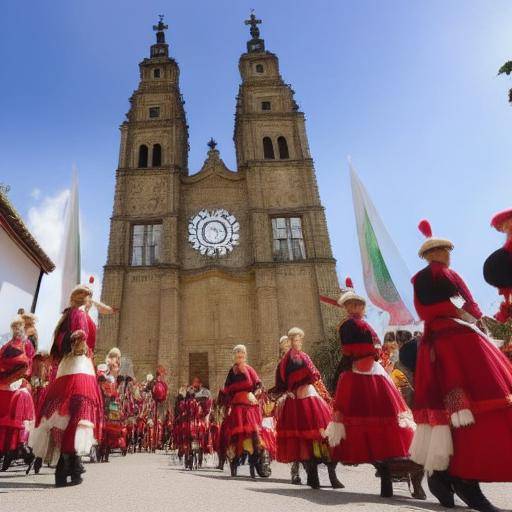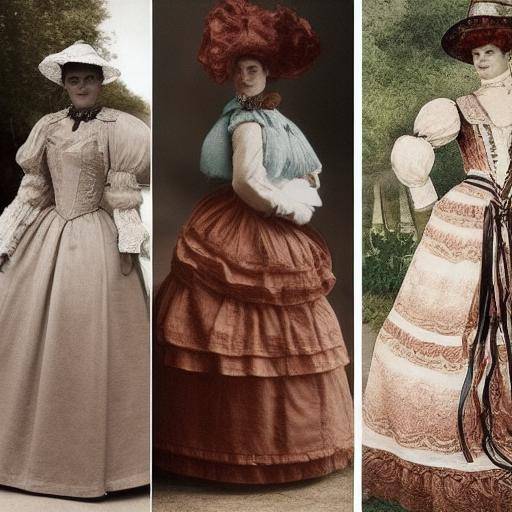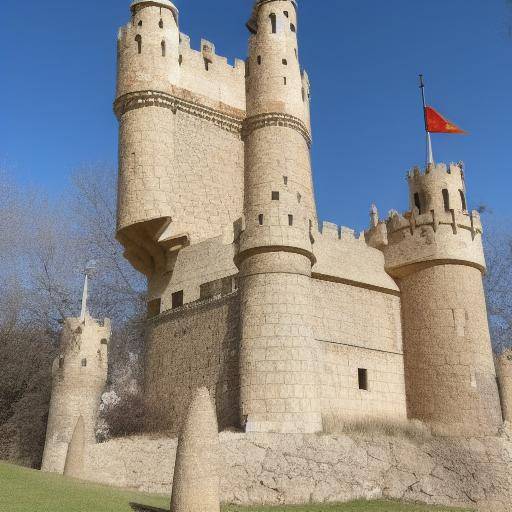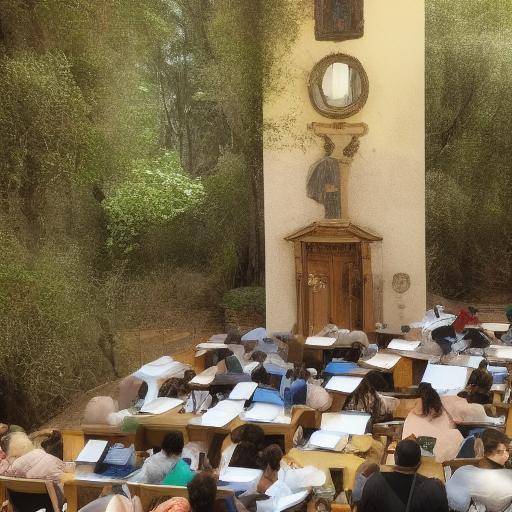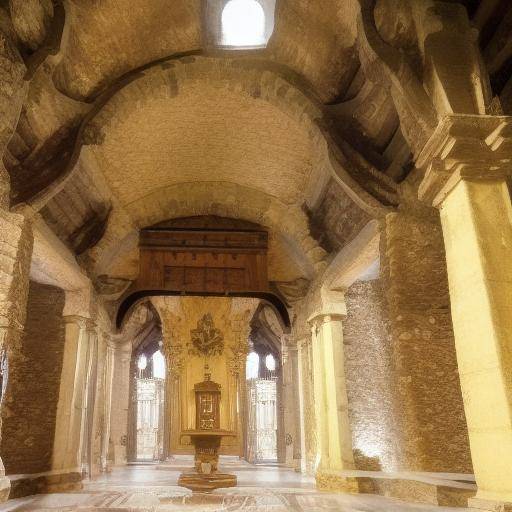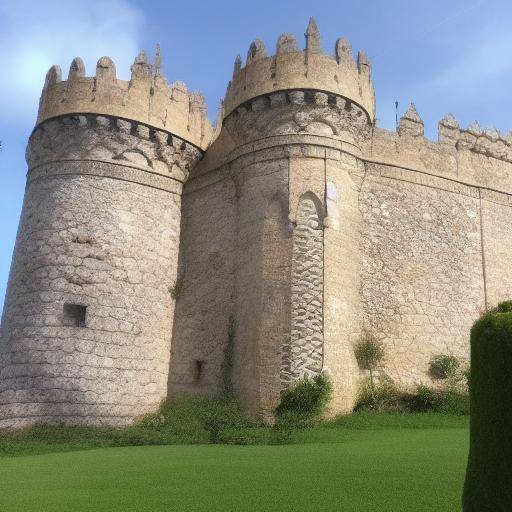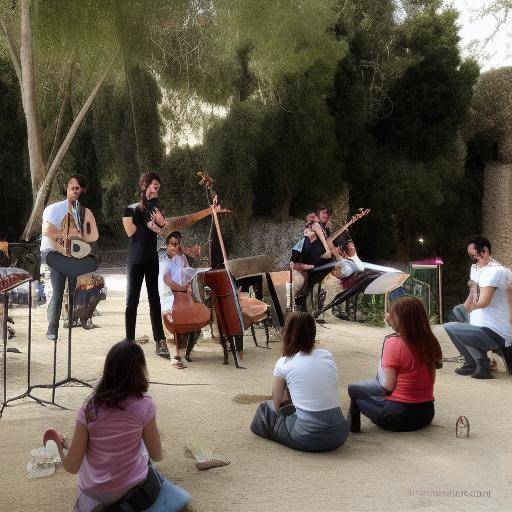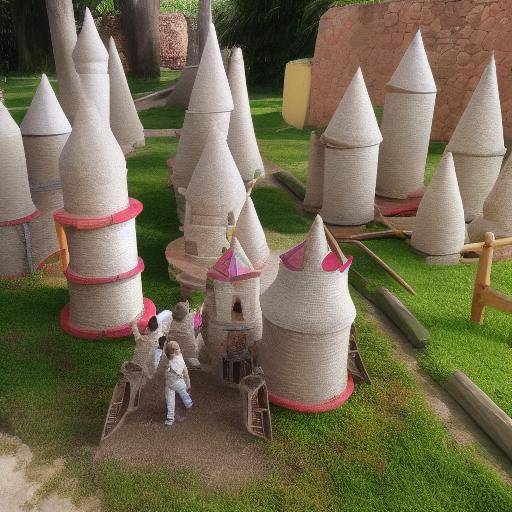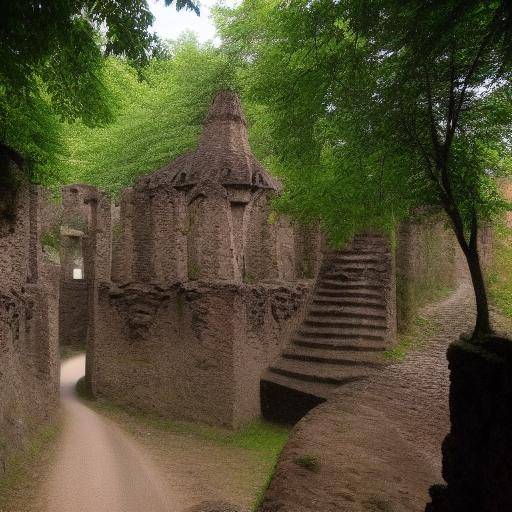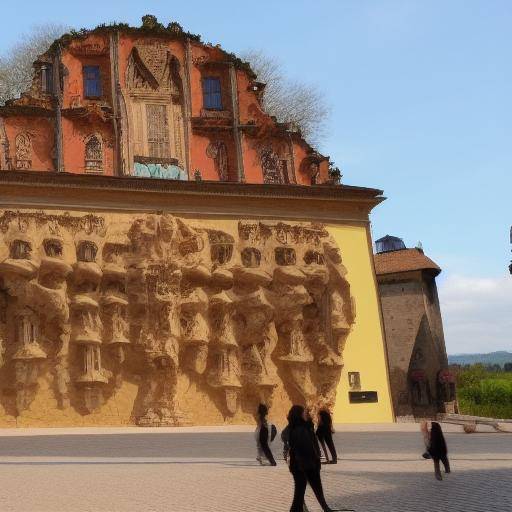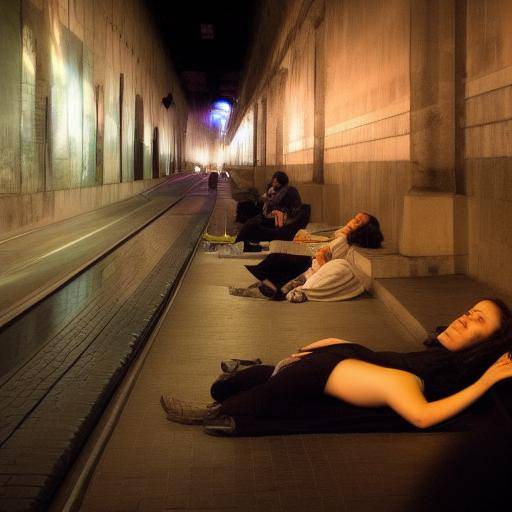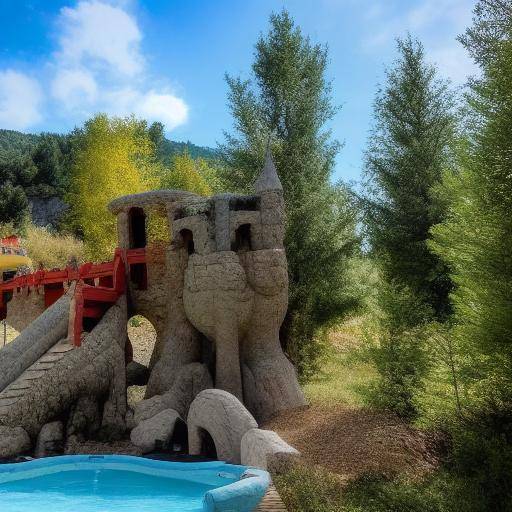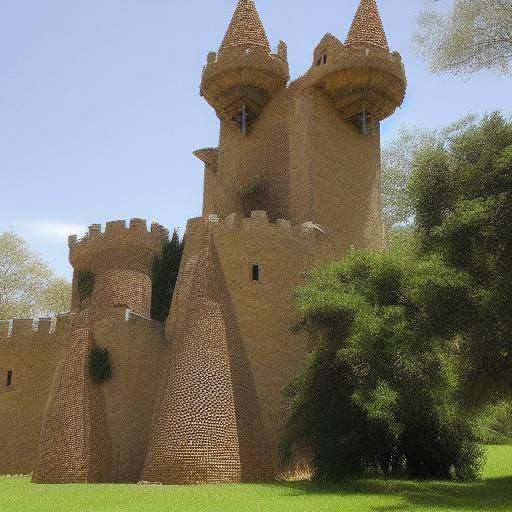
The Bavarian castles are not only a symbol of Germany's rich history and culture, but also a tangible testimony of the architectural splendour of past times. However, the conservation of these magnificent monuments faces constant challenges in the modern world. In this article, we will explore the initiatives and strategies adopted to preserve the cultural heritage represented by the Bavarian castles in Germany. From its history and evolution to current and future perspectives, this comprehensive analysis seeks to provide a profound and relevant insight into a subject of great historical and tourist importance.
Introduction
The Bavarian castles, with their majesty and grandeur, attract visitors from all over the world. Its history is marked by the influence of nobles and royalties, as well as its impact on European culture and art. This wonderful heritage requires care and conservation to ensure that future generations can appreciate it as much as we do. In this article, we will explore the history and importance of these castles, as well as the current strategies for their preservation.
History and Background
The castles of Bavaria have their roots in the rich medieval history of the region. From the imposing Neuschwanstein Castle to the charming Nymphenburg Castle, each structure tells a unique story that reflects the greatness of its time. The construction of these castles, often used as royal residences, is linked to the projection of power and the cultural identity of Bavaria. Over the centuries, these fortresses have resisted the passage of time, becoming icons that attract tourists and scholars alike.
Deep analysis
The challenge of preserving the Bavarian castles lies in balancing the preservation of its historical authenticity with the demands of tourism and structural needs. Restoration and continuous maintenance are essential to protect these structures from natural erosion and wear caused by the passage of visitors. Technological advances in conservation, such as facade restoration techniques and structural monitoring, play a crucial role in the long-term preservation of these monuments.
Comprehensive review
The conservation of cultural heritage not only safeguards the historical and architectural identity of a region, but also promotes sustainable tourism and economic development. Strategies such as promoting guided tours with a focus on preserving, implementing risk management systems and investing in specialized training for maintenance are essential aspects of this process.
Comparative analysis
Heritage conservation is not only a challenge in Bavaria, but it also faces similar dilemmas in other renowned tourist destinations throughout Germany. Effective preservation of historical and cultural heritage requires a combination of strategic planning, financial investment and an interdisciplinary approach to maximize the positive impact on local communities and the regional economy.
Practical Tips and Accessible Tips
Establish clear guidelines for the management and maintenance of Bavarian castles is essential to ensure their long-term preservation. The training of staff engaged in conservation, the implementation of cutting-edge technologies in monitoring and maintenance, and the promotion of sustainable tourism practices are essential for the continued care of these historic treasures.
Industry Perspectives and Expert Reviews
Leaders in heritage conservation, both locally and internationally, recognize the fundamental importance of the preservation of Bavarian castles. The exchange of knowledge and good practices with conservation experts, as well as dialogue with the community and political leaders, are essential aspects of addressing current and future challenges in the conservation of cultural heritage.
Case Studies and Real Life Applications
The detailed study of successful conservation projects, such as the restoration of Hohenschwangau Castle, provides valuable information on best practices and lessons learned. In addition, the creative adaptation of these castles for cultural activities and special events promotes their economic sustainability and their continued relevance in modern society.
Future Trends and Predictions
Emerging trends in cultural heritage conservation point to a more integrated approach that combines physical preservation with digital narrative and immersive experiences for visitors. The application of innovative technologies, such as increased reality, opens up new possibilities for the interpretation and valorization of Bavarian castles, ensuring their importance in the years to come.
Conclusions
The conservation of Bavarian castles is an exciting challenge that requires a careful balance between the protection of historical heritage and the promotion of sustainable tourism. With the commitment and collaboration of different actors, from local governments to private entities, these iconic monuments can last for future generations, enriching the experience of those who visit them and preserving an invaluable legacy.
Frequently asked questions
1. What is the most famous castle in Bavaria?
The most famous Bavarian castle is the Neuschwanstein Castle, known for inspiring the Disney design for the Sleeping Beauty Castle. Its majesty and scenic location make it a must-see tourist destination.
2. What are the greatest challenges in the conservation of Bavarian castles?
The preservation of Bavarian castles faces challenges such as natural erosion, the burden of visitors, the financing for restoration and maintenance, and the management of the balance between conservation and tourism.
3. What initiatives are being implemented to promote the conservation of Bavarian castles?
Initiatives are being implemented ranging from specialized conservation training, the promotion of sustainable tourism, the adoption of advanced monitoring technologies to collaboration with conservation experts at the international level.
4. What role do Bavarian castles play in the local and regional economy?
In addition to attracting tourists, Bavarian castles foster economic development through jobs in tourism, the promotion of local products and the impulse to tourist infrastructure in nearby areas.
5. What is the historical importance of Bavarian castles?
The castles of Bavaria witness the rich history of the region, representing the power, culture and architecture of various times. Its conservation is crucial to preserve this historical legacy.
6. What are the future projections for the conservation of Bavarian castles?
Future projections include further integration of innovative technologies for conservation and interpretation, as well as enhanced international collaboration to promote best practices.
Concluding, the Bavarian castles are historic treasures that require continuous efforts for conservation and preservation. The balance between maintaining its historic authenticity and meeting the demands of modern tourism is key to ensuring that these magnificent structures remain alive witnesses of Bavarian history and culture for many generations to come.

